Guide to setup sampling
Samples
- Samples per output pixel is to be computed, ie. for value of 2 means one output pixel is filtered from 2x2 = 4 samples, that means GPU have to render the image in 2x resolution ( i.e. 600x600 for 300x300 output image)*
*Current maximum resolution on GPU is 8192x8192, therefore output size multiplied by render samples cannot exceed this limit. Largest images must be rendered using Tiles see render settins node for details.
- General anti-aliasing
- consumes memory and render time
- recommended to use integral values
Jitter
- extremely effective for high frequency geometry (e.g. hair/fur)
- much lower performance hit than sampling
- automatically disabled when maximum resolution on GPU reached
Multipass Multisampling
- Achieves higher Quality/Antialiasing by rendering the image several times. Trades higher quality for longer rendering times.
- similar effect as samples except textures sampling (with higher resolution - using samples - you can sample also textures in higher resolution)
- consumes only render time, not memory
Recommended Settings Are 2, if necessary 3 samples with jitter and 2 or more multisamples if needed.
1 sample, no jitter and 1 multisample, 2 seconds 355 MB
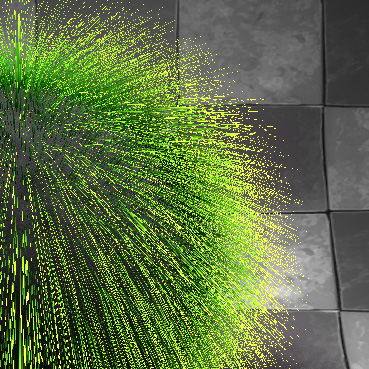
2 samples, no jiter and 1 multisample, 4 seconds 646 MB

1 sample, jitter enabled and 1 multisample, 2 seconds 409 MB
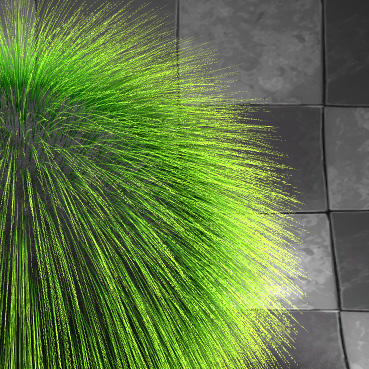
1 samples, no jiter and 2 multisamples, 4 seconds 355 MB
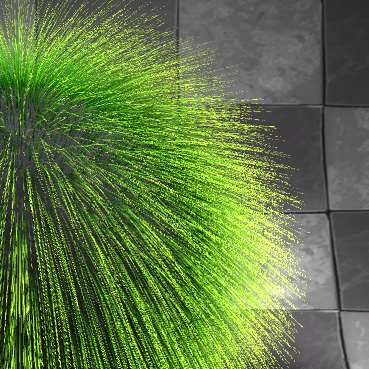
2 samples, jiter enabled and 2 multisamples, 5 seconds 864 MB
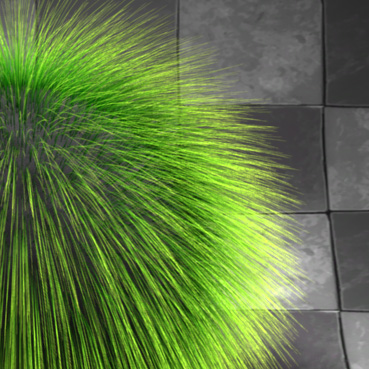
DoF use supersampling attribute
- Can be found in render settings node
- Useful in scenes with high defocus and thin geometry
Without using DoF supersampling
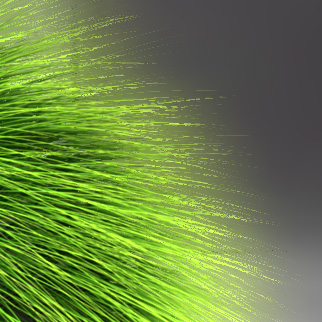
Using DoF supersampling
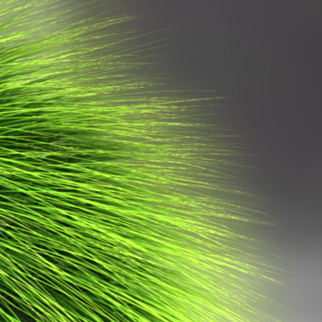
Created with the Personal Edition of HelpNDoc: Easy EPub and documentation editor